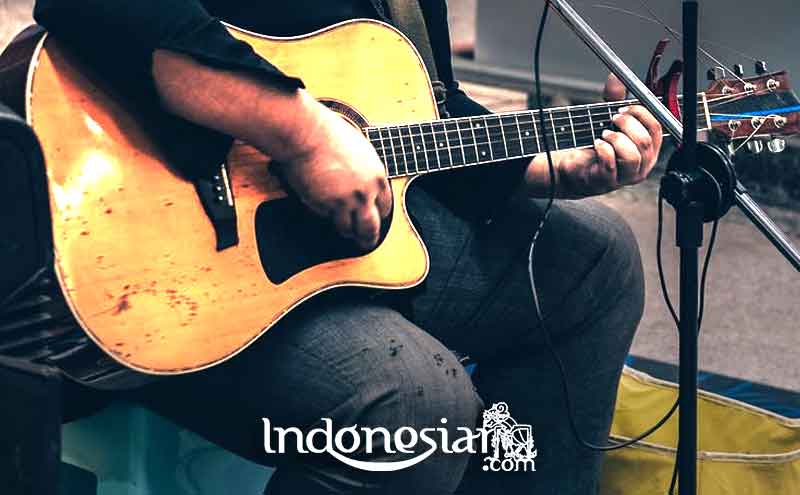This musical instrument is a traditional musical instrument that is typical of Minahasa, North Sulawesi. His name is Kolintang.
What is Kolintang?
Kolintang is one of the traditional musical instruments of the Minahasa community in North Sulawesi. This instrument is made of special wood which is arranged and played by being hit. At first glance Kolintang is almost the same as the musical instrument from the Javanese Gambang, but the difference is the resulting tone is more complete and the way to play it is slightly different. Kolintang is a traditional musical instrument that is quite well known in the Minahasa community, and is often used to accompany traditional ceremonies, dance performances, singing accompaniment, and even musical performances.
History and Development of Kolintang
Historically, the Kolintang musical instrument has existed since ancient times and is used by the community for traditional rituals related to ancestor spirit worship. Since the entry of Christianity and Islam in the land of Minahasa, Kolintang no longer functioned as an accompaniment to traditional ceremonies, but rather functioned as a dance accompaniment, song accompaniment, or musical performance.
The Kolintang musical instrument originally consisted of only a few pieces of wood which were placed and arranged in a row on both players’ feet. Then developed using a base made of two banana stems. Kolintang started using resonator crates since Prince Diponegoro was in Minahasa. It is said that at that time Gamelan equipment was also brought by his entourage. After World War 2, the Kolintang musical instrument began to be developed again in terms of the resulting tone more towards the arrangement of universal musical tones.
Shape of Kolintang Musical Instrument
Kolintang musical instrument is a type of traditional musical instrument made of wood that is cut according to size and arranged on a wooden base that functions as a resonator. The wood used for Kolintang beams is usually made of special wood which is rather light but quite dense and the wood fibers are arranged in such a way as to form parallel lines. The wood used is usually wood eggs, bandaran, wenang, kakinik and similar wood.
Type of Kolintang Musical Instrument
At this time the Kolintang musical instrument is divided into several different types. The difference is seen from the sound it produces. Kolintang musical instrument consists of 9 types, namely: loway (bass), cella (cello), karua (tenor 1), karua rua (tenor 2), uner (alto 1), uner rua (alto 2), katelu (ukulele ), Ina esa (melody 1), ina rua (melody 2) and ina taweng (melody 3).
How to Play the Kolintang Musical Instrument
As said before, the way to play the Kolinang musical instrument is by being hit using a special stick. So that the sound produced sounds good, the stick is usually given a padded cloth, like the Gamelan music instrument. The stick that is used usually consists of three sticks that are given a separate number.
Stick number one is usually used in the left hand, while number two and three are held in the right hand. Especially for sticks two and three are usually installed between the fingers in accordance with the accord being played. Similar to musical instruments in general, Kolintang musical instrument has its own accord which is struck simultaneously. But for the type of Kolintang bass and melody are usually played without an accord, but adjusted to the desired tone so that to play it only takes two sticks.
Kolintang Music Show
At this time the function of the Kolintang musical instrument is more varied, both played to accompany the dance, song, or orchestra. In Kolintang music performances, usually all types of instruments are played in a unified manner so as to produce the right tones and are pleasant to hear. But for professionals usually only use 6 tools can produce a complete sound.
In performances, all types of Kolintang music are arranged in certain formations to produce the right combination of tones and to be easily combined. For a complete arrangement usually at the front is filled with melody. Then on the left back is usually filled with bass. While the right back is filled with cellos. For other tools, it usually depends on the width of the stage used, taking into account the tenor and alto functions.
That is the introduction of “Kolintang Traditional Musical Instrument from North Sulawesi”. Hopefully it will be useful and will increase your knowledge of traditional arts in Indonesia.































